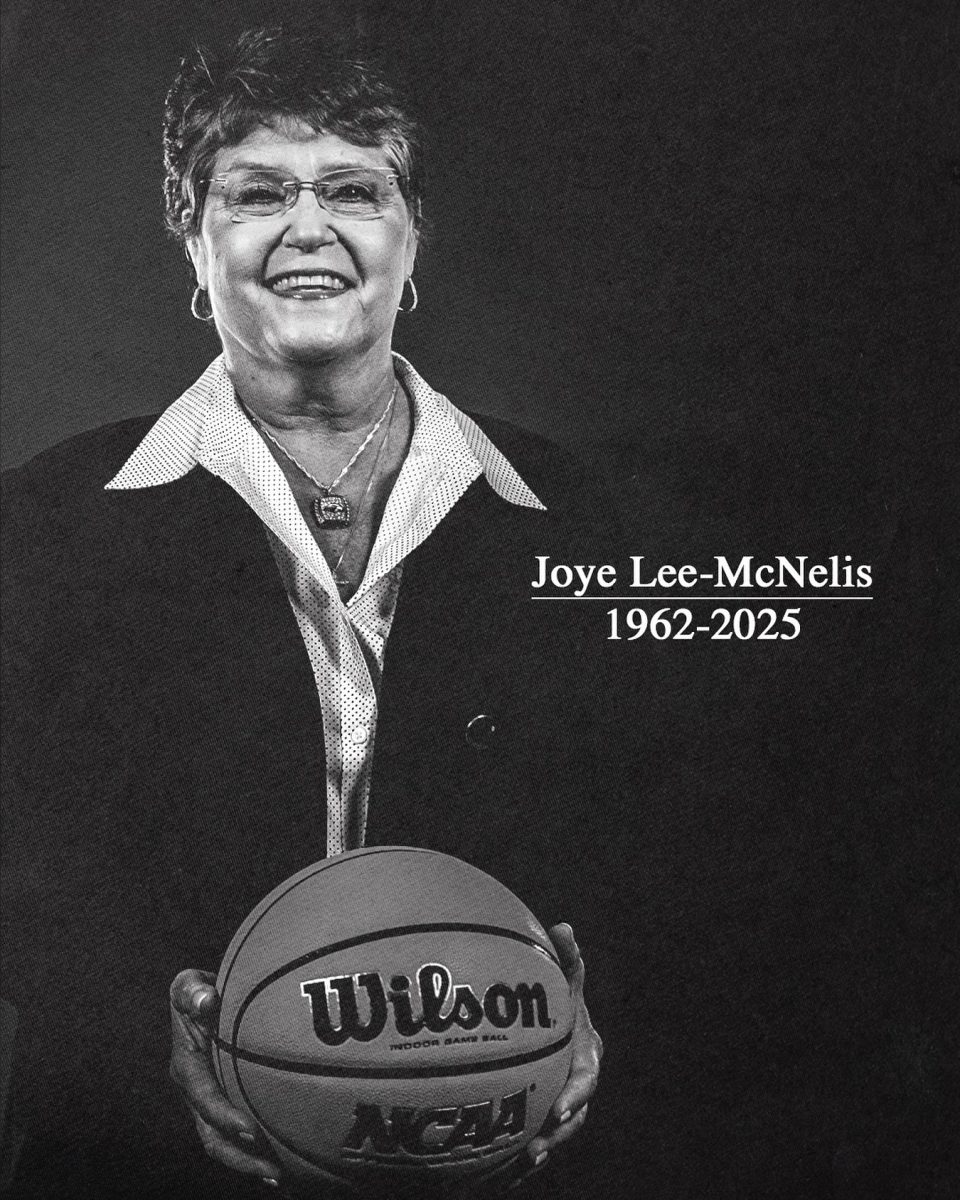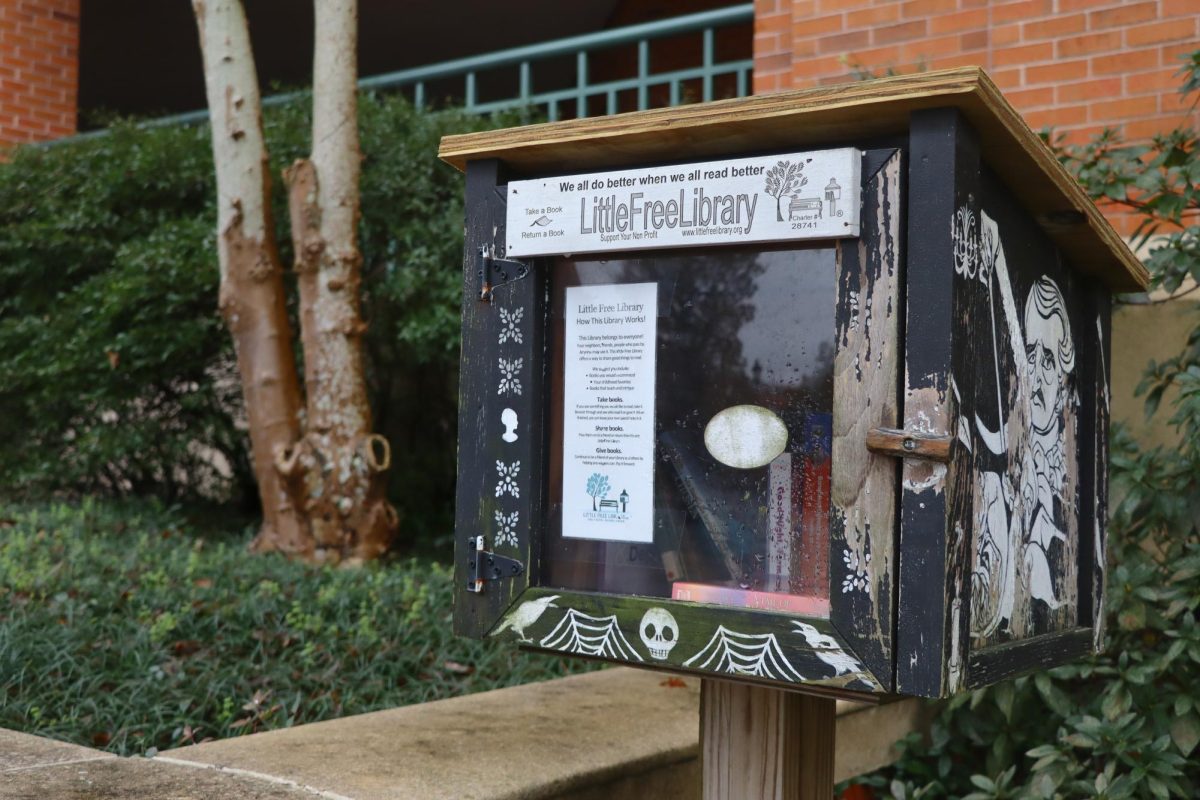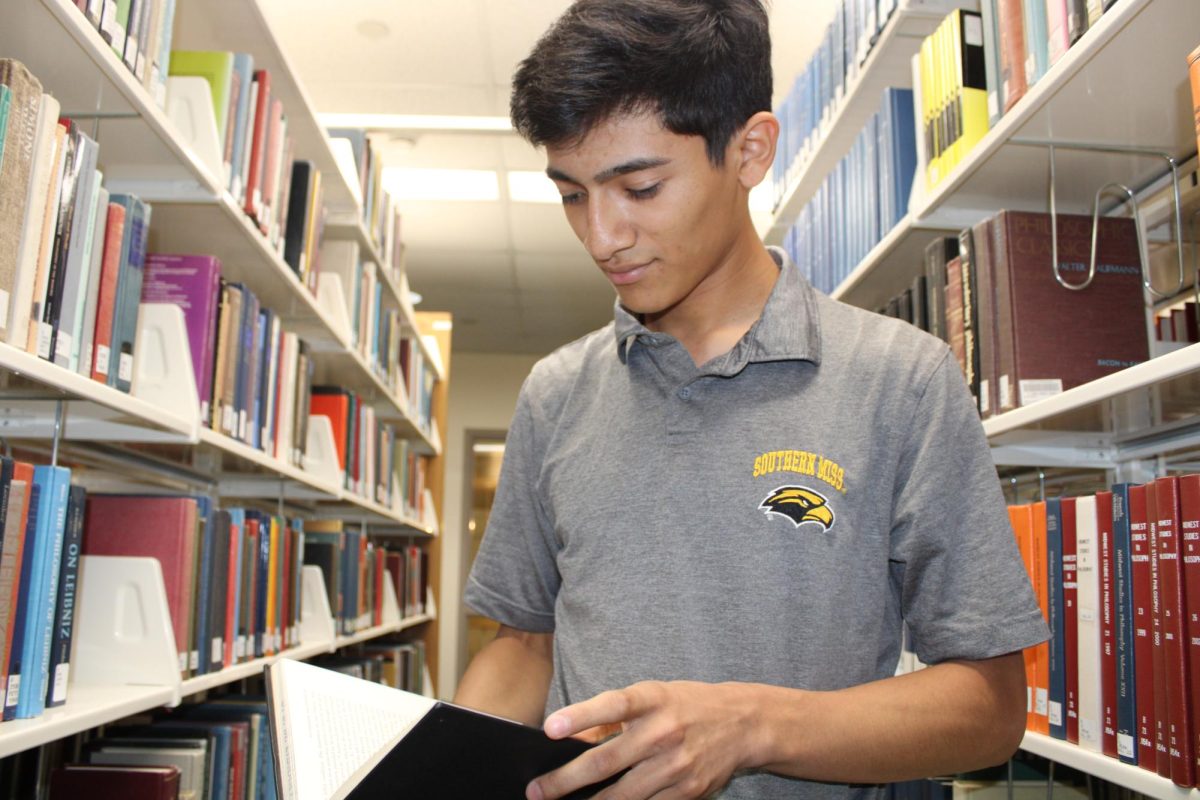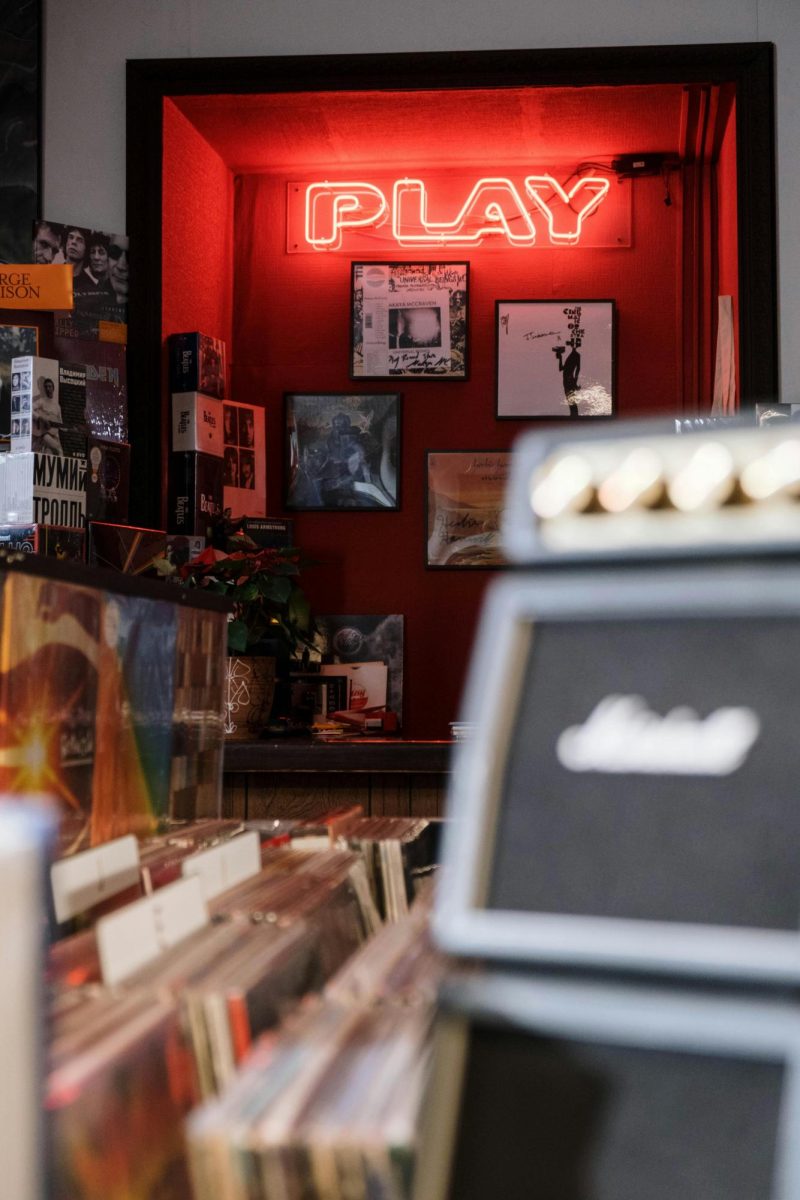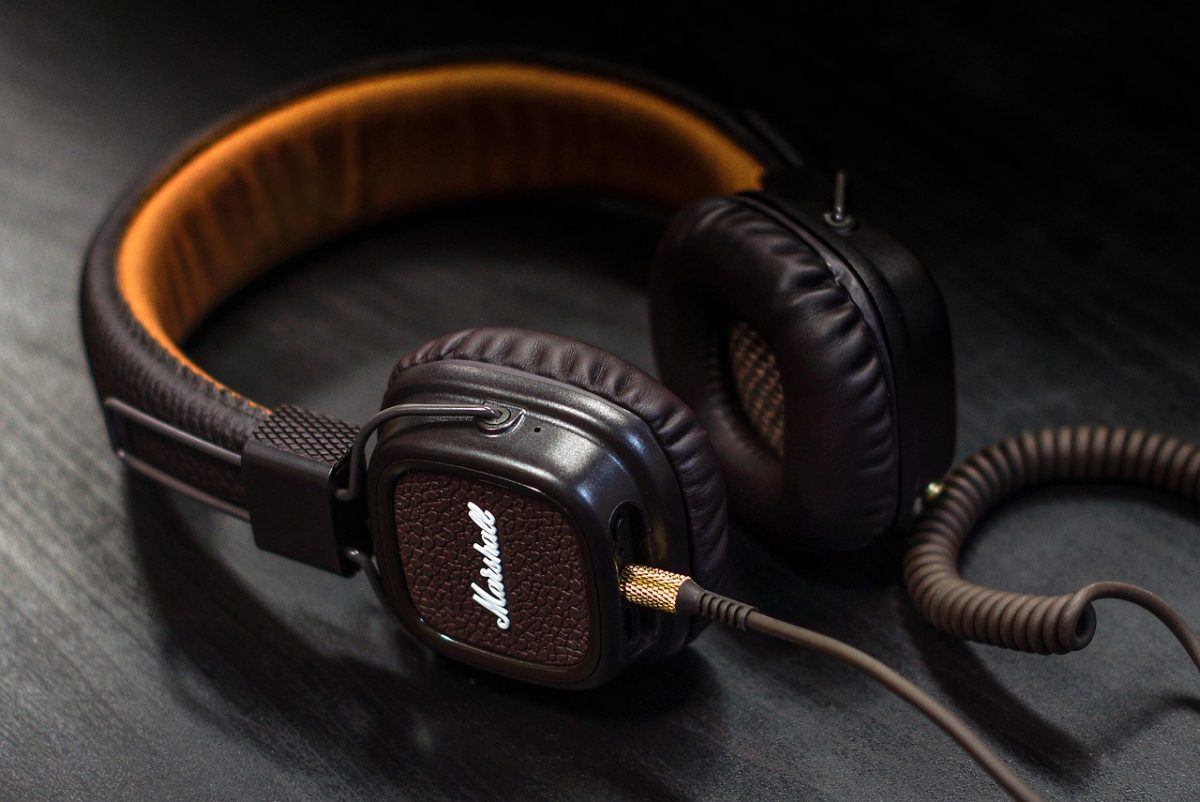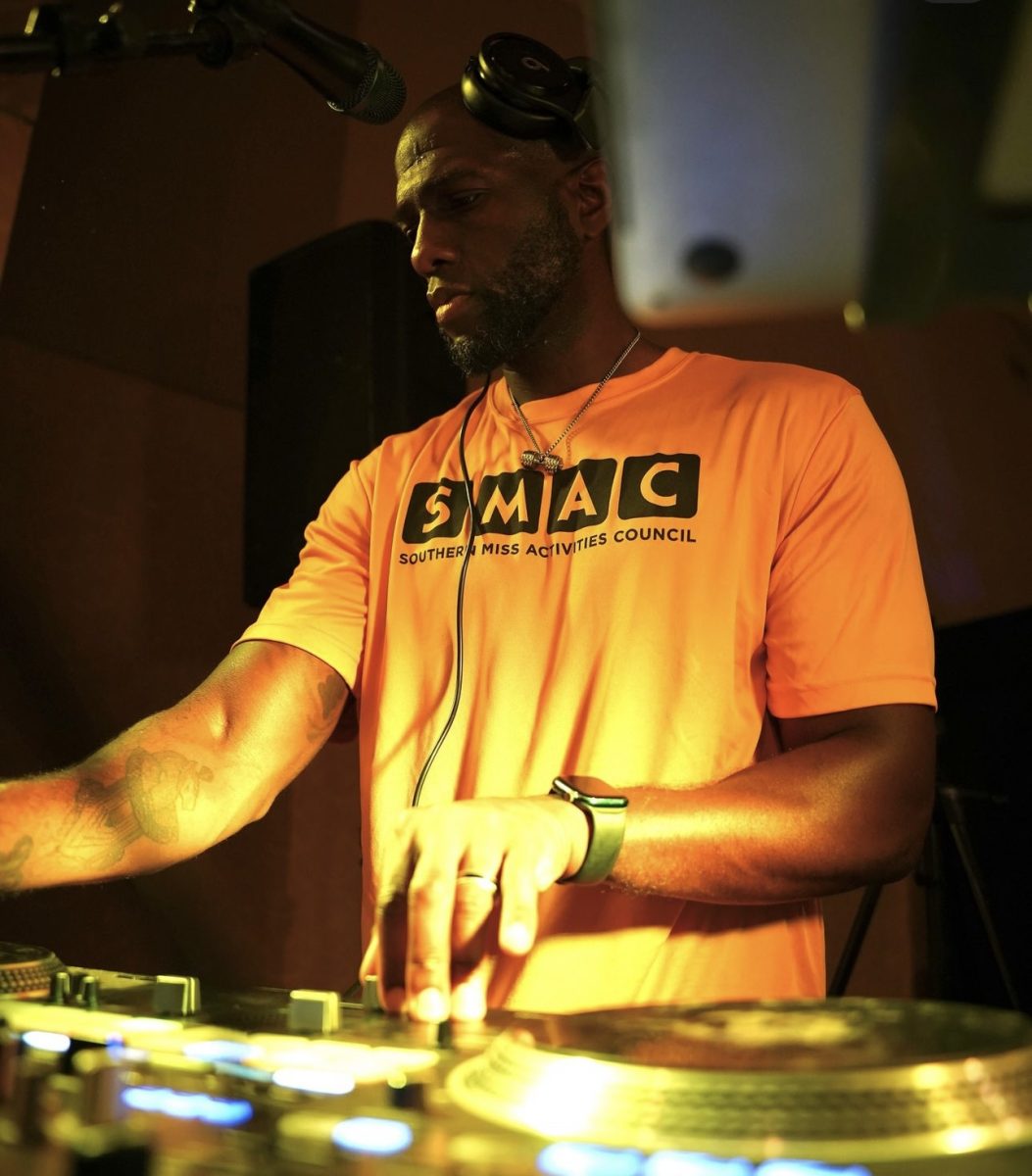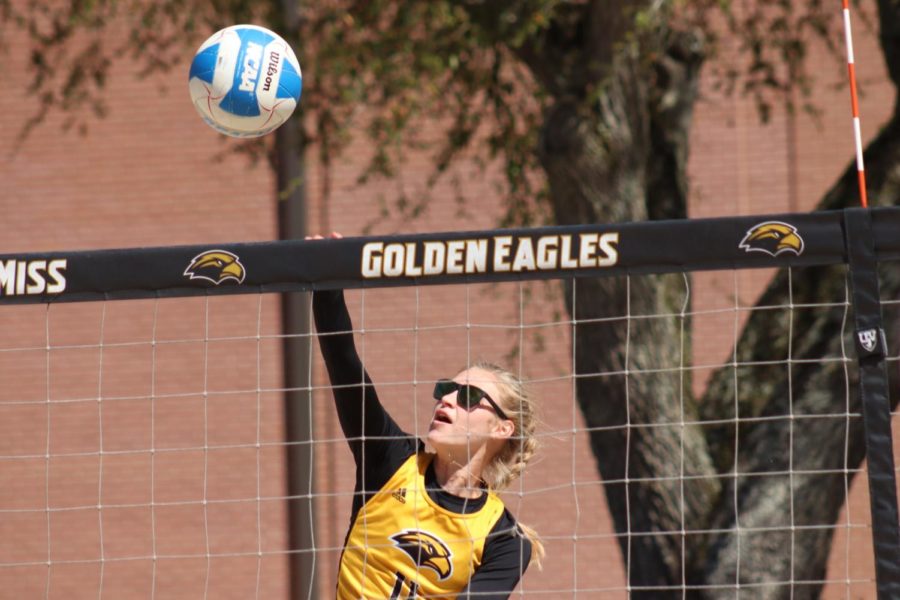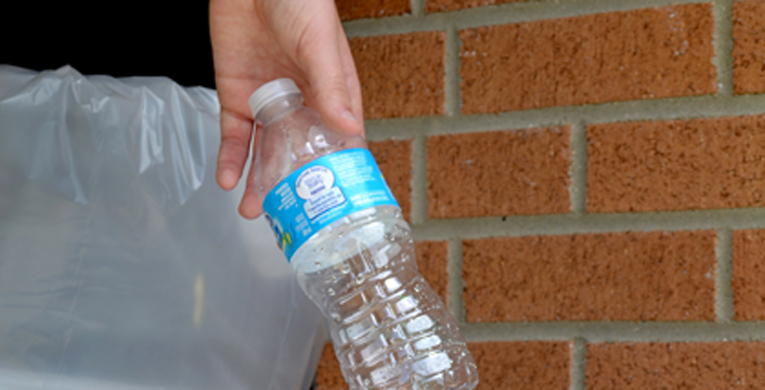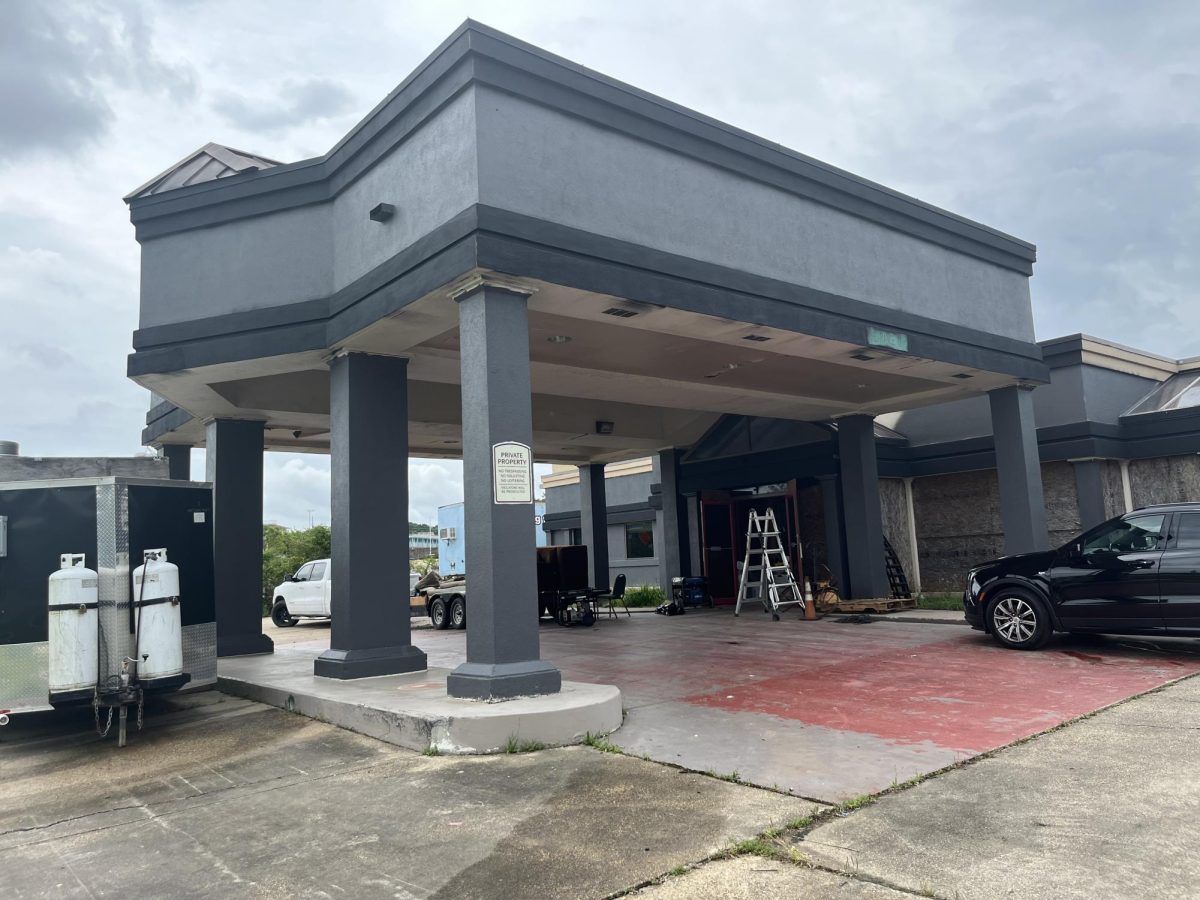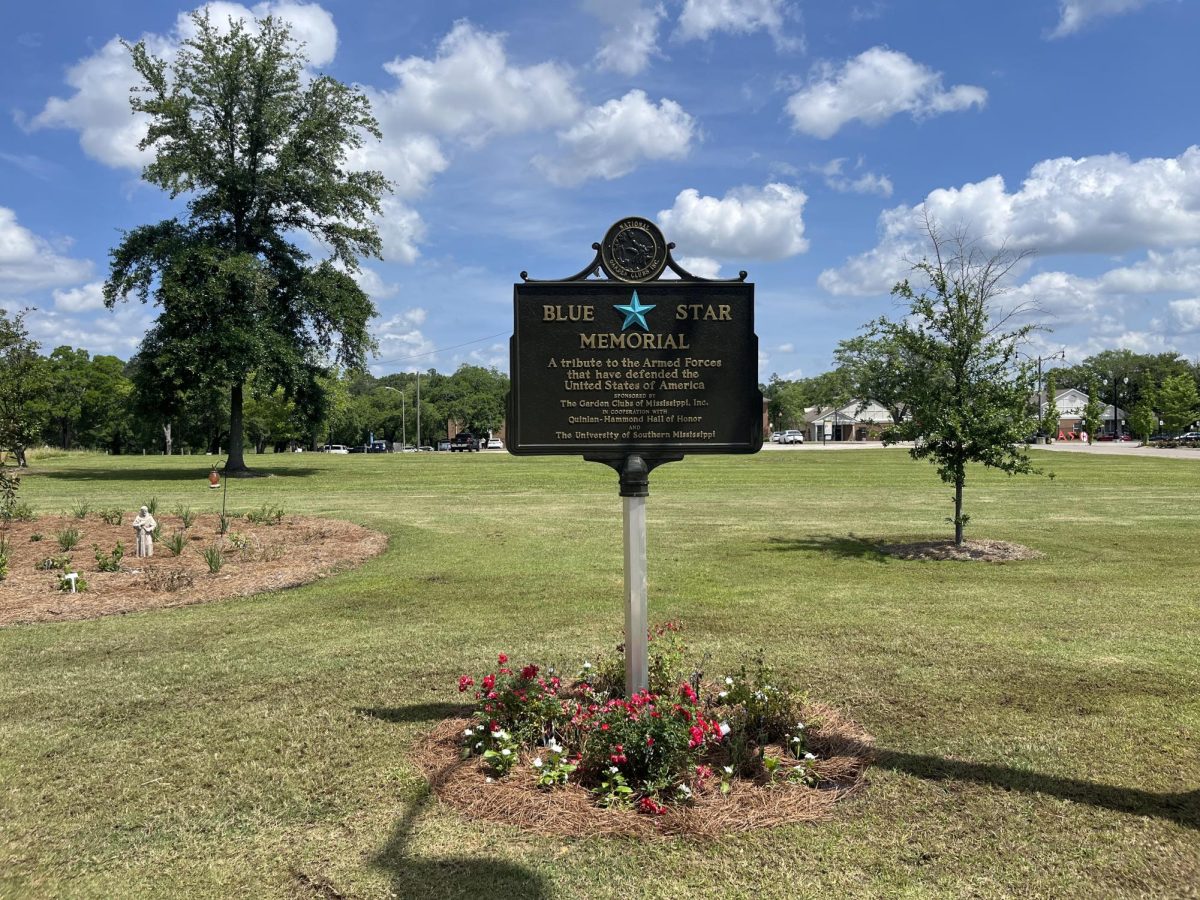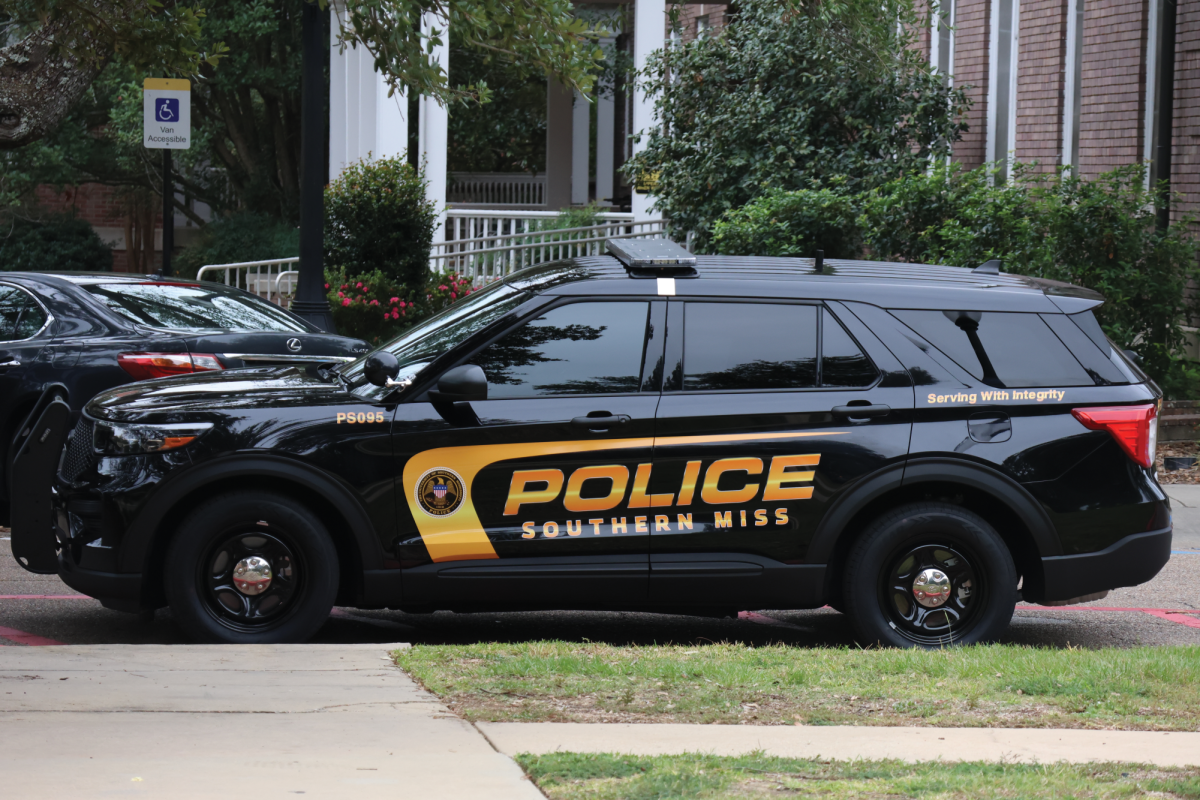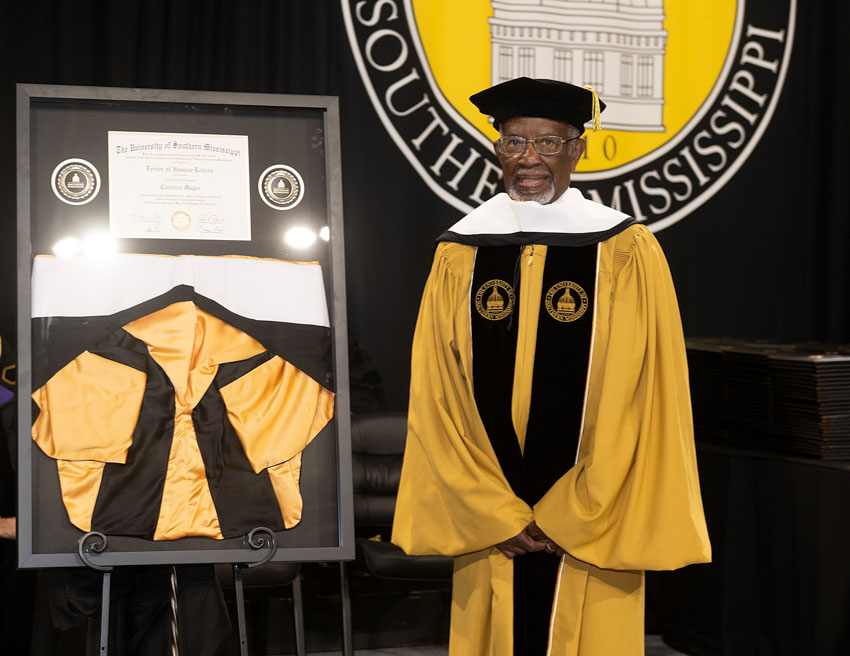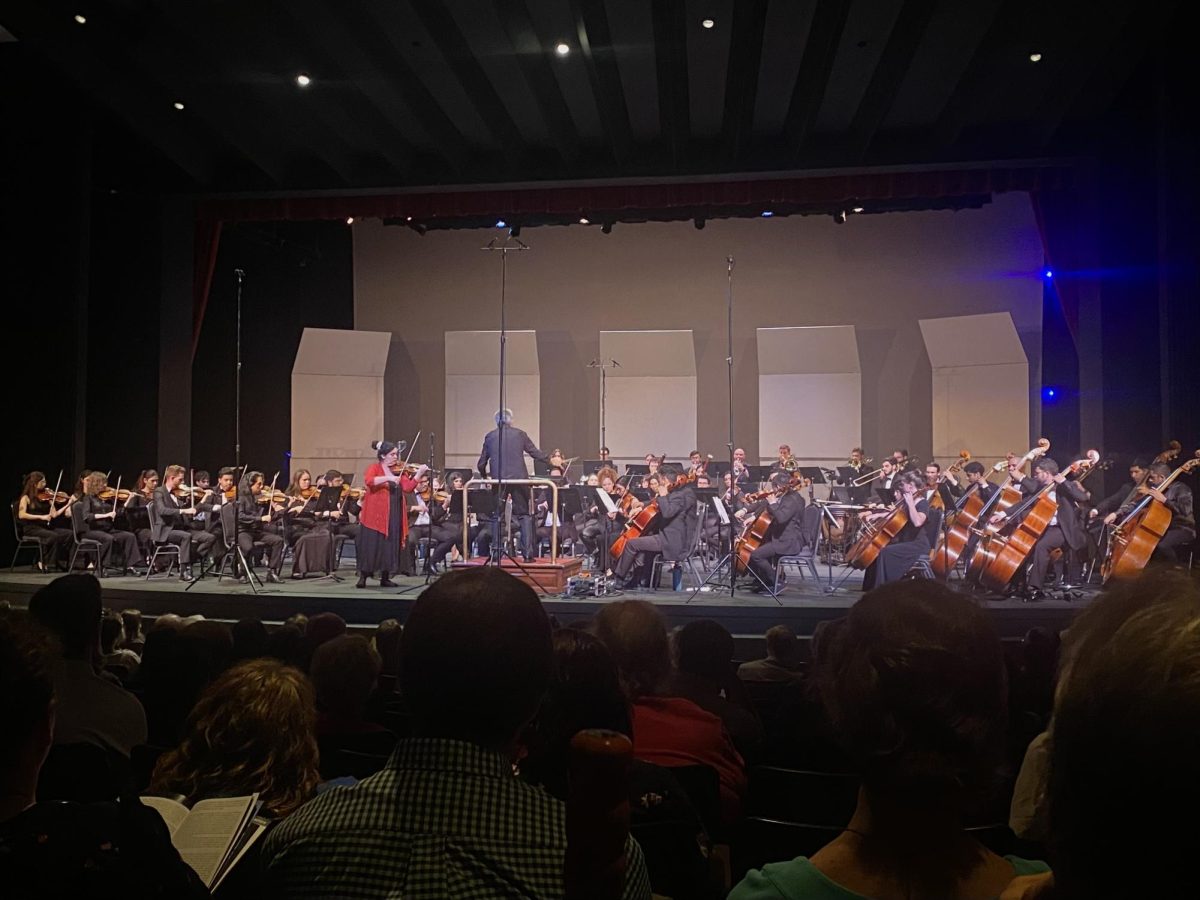
The track to reduce carbon waste at The University of Southern Mississippi is far ahead of university’s green initiative efforts. Southern Miss’ goal is to reduce its harmful impact on the environment and it has come a long way in doing so.
Sustainability is the ability to make responsible decisions that guarantee future generations equal opportunities as the present population has. At Southern Miss, sustainability is an essential component of the university’s goal to becoming a green community.
“Every person, product, event and institution has a carbon footprint – that is, a total of greenhouse gases emitted into the environment,” said Haley McMinn, assistant director of the Office of Sustainability. “These gases trap heat in the atmosphere and contribute to climate change.”
Not only does the Office of Sustainability push for a change in environment, but so does the Physical Plant and the Tree Management Task Force, as well as many other groups who work daily for this movement on campus.
“The Office of Sustainability’s mission is to push Southern Miss forward in becoming a model of sustainable thought and practice within our state and region,” McMinn said. “We do this through careful and mindful accordance to the tenets of sustainability: environment, economic and social factors.”
In 2008 former USM President Martha Saunders signed and entered the university to the green initiative. The university has pursued forward thinking by implementing ideas to better the health and sustainability on campus.
“In 2010 we published our Climate Action Plan, which lays out 5, 10, 20, 30 and 40-year greenhouse gas emission reduction goals,” McMinn said. According to the Climate Action Plan of 2010, this year the university reported to the American College and University Presidents’ Climate Commitment (ACUPCC) a recent greenhouse gas emissions inventory that showed a 25 percent decrease in overall carbon dioxide, a goal meant to be reached in 2015, but was achieved early.
Strategies that have put the university ahead of schedule include the application of widespread lighting retrofit projects, the installation of variable frequency drives, upgraded power plants and boilers, the installation of building automated controls, diversion of waste and a growing biking population.
USM ranks in the top 36 percent of 365 participating schools for collecting the highest gross tonnage of recyclables (136,337 pounds), according to the Office of Sustainability. The university’s efforts at reducing its greenhouse gas (GHG) emissions have led to strategies and actions being taken to eliminate or mitigate those emissions.
The university has introduced more than 170 strategies to reduce GHG emissions including declaring residential complexes Century Park North and South Leadership in Energy and Environmental Design (LEED) certified.
“I appreciate the energy efficient resources provided in the residence hall, because it is not only impacting my life, but it’s helping my surroundings,” said Emily Gurtner, a sophomore elementary education major.
The plans to achieve further sustainability and climate neutrality are in effect. The overall goal at the Office of Sustainability is to fulfill their Climate Action Plan (CAP), which plans to lower the university’s emissions to zero by 2050.
“Reaching climate neutrality is an important and necessary goal that our institution and our office takes very seriously,” McMinn said. “In an environmental and economic climate where things are beginning to change, resources are getting more expensive and budgets are getting tighter it is imperative that we succeed to remain viable as an institution for decades to come. As an institution we must operate as good stewards of the environment, of our people and of our use of resources across the board. It’s both the right and smart thing to do.”
The University of Southern Mississippi was named in The Princeton Review’s Top Green Colleges in 2010 and 2012 and has been recognized as Tree Campus USA in 2012, 2013 and 2014.

